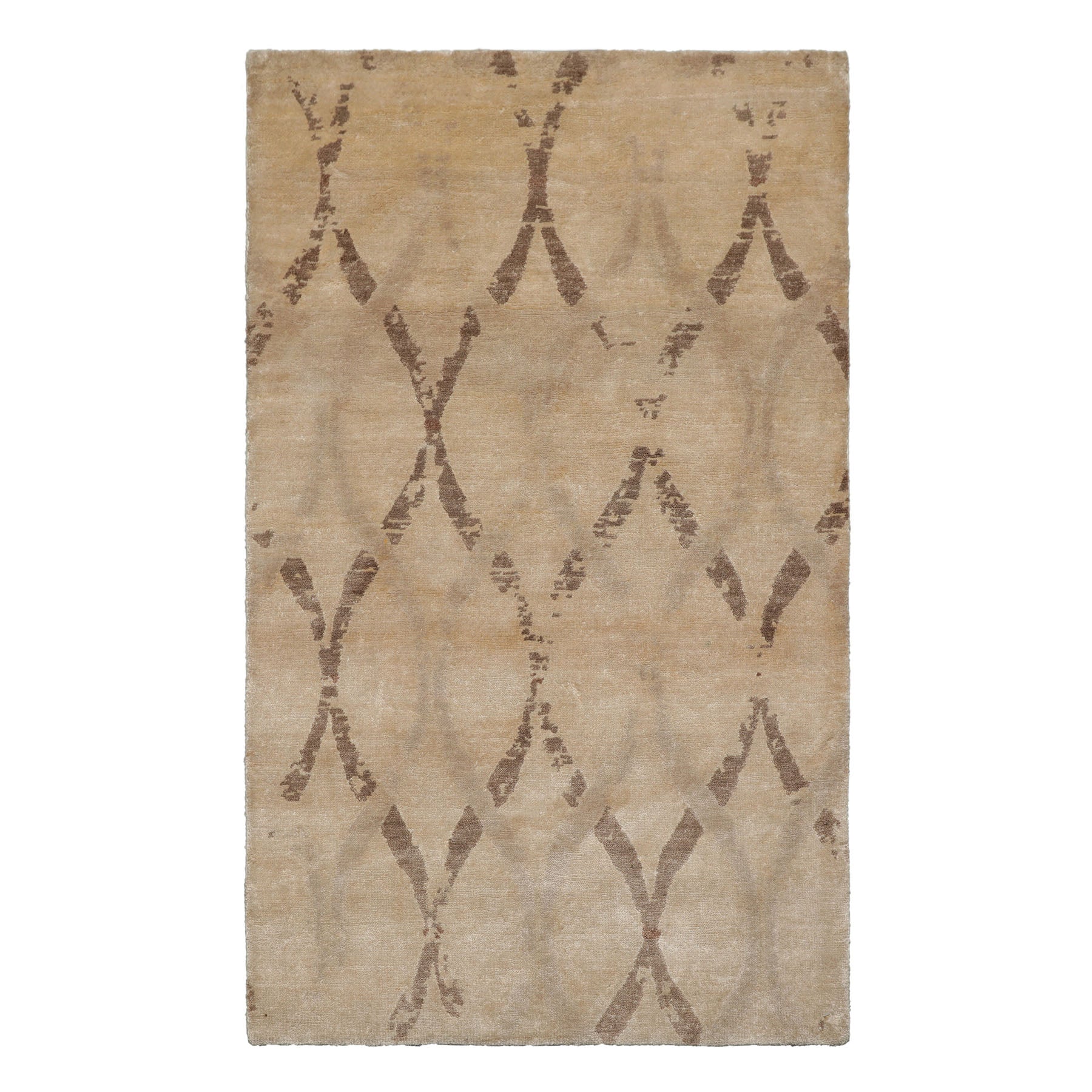




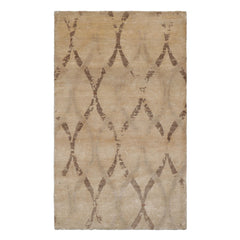
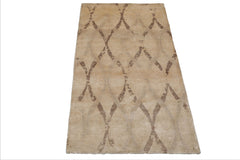
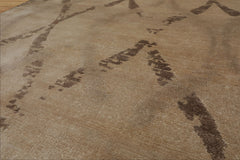
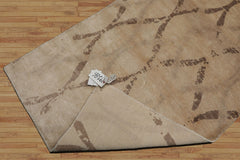

LoomBloom Tan 3x5 Tibetan Modern Hand Knotted Bamboo Silk Oriental Area Rug
- $250.00
$750.00- $250.00
- Unit price
- per
- Exact Size: 3x5
- Weave: Hand Knotted Rug
- Yarn: Bamboo Silk
- Color: Tan, Brown, Beige
- Origin: India
- Pile Height: 0.5 inch
- Condition: New
- Condition Description:
- Rug#: AOR19286
Story Behind the Art: For generations, Tibetan rugs have served both practical and decorative roles, their designs drawing on geometric motifs, auspicious symbols, mythical creatures, and nature-inspired imagery to convey vibrant color and layered meaning. The craft shifted dramatically after 1959, when the Tibetan diaspora settled across Nepal and India, igniting a commercial revival of rug weaving. By the 1970s, Tibetan carpets reached a global audience, with **Nepalese artisans trained alongside Tibetan refugees **playing a pivotal role in preserving and advancing the tradition. Technically distinctive, these rugs employ the Tibetan knot (slit-loop) technique, producing a plush pile with exceptional depth, texture, and softness. Today, Tibetan, Nepalese, and Indo-Tibetan rugs span the spectrum from reimagined traditional motifs branching florals, snow lions, and auspicious medallions to modern, free-form patterns that seamlessly bridge heritage and contemporary design, making them favorites in both classic and modern interiors.
Related Products
- $250.00
$750.00- $250.00
- Unit price
- per
- $250.00
$750.00- $250.00
- Unit price
- per
- $250.00
$750.00- $250.00
- Unit price
- per
- $250.00
$750.00- $250.00
- Unit price
- per
- $250.00
$750.00- $250.00
- Unit price
- per
- $250.00
$750.00- $250.00
- Unit price
- per
- $250.00
$750.00- $250.00
- Unit price
- per
- $250.00
$750.00- $250.00
- Unit price
- per
- $250.00
$750.00- $250.00
- Unit price
- per
- $250.00
$750.00- $250.00
- Unit price
- per
- Choosing a selection results in a full page refresh.

